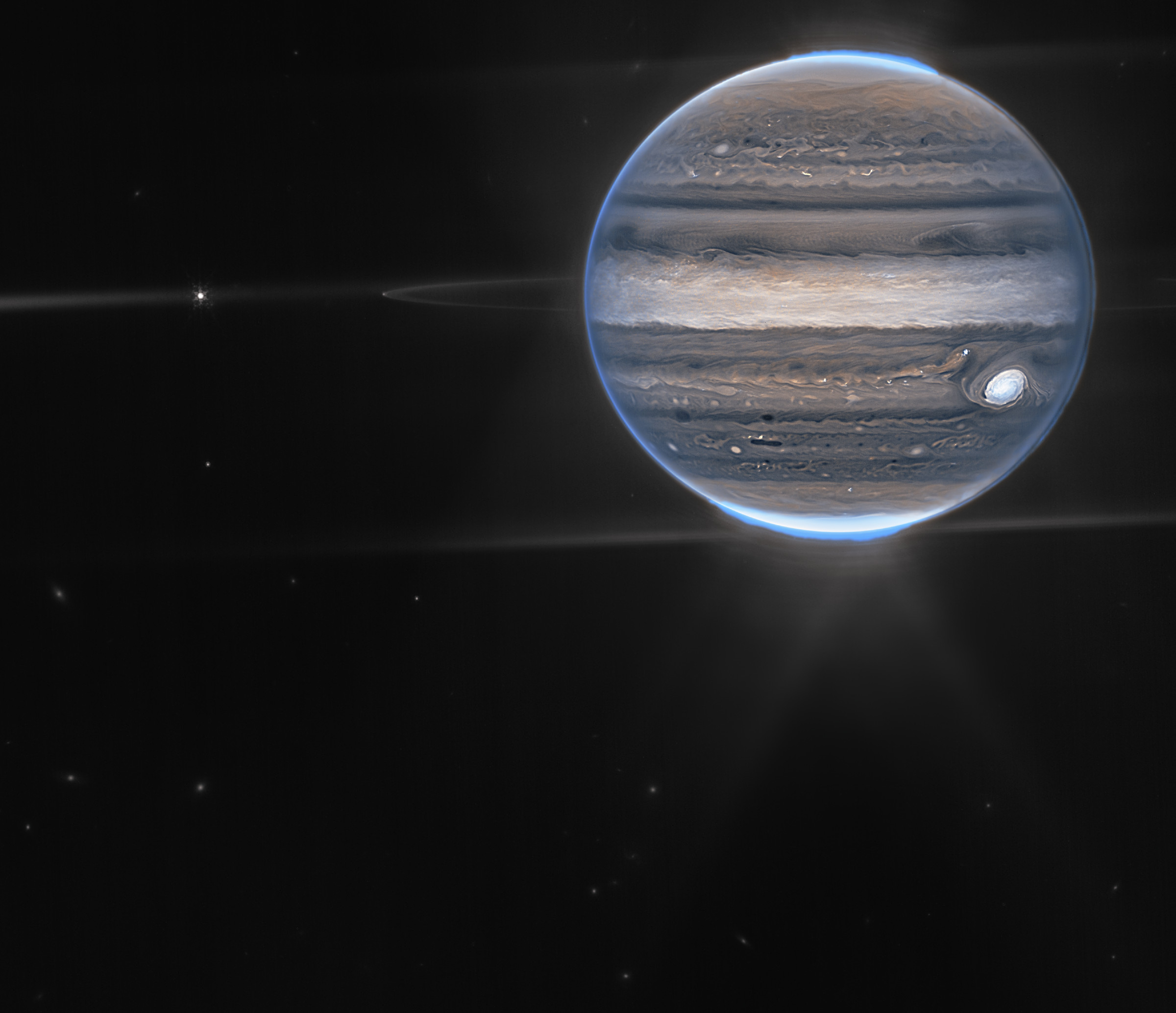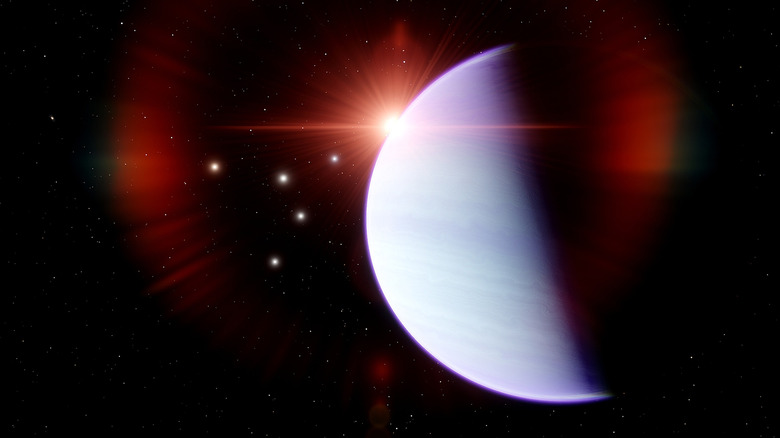Researchers Say Gas Giants May Start Off Flatter
Flat Earth? More like flat Jupiter. New research suggests that gas giants like Jupiter may actually start off much flatter during their formation phase. A new paper featured in Astronomy and Astrophysics Letters details the findings, including highlighting how the researchers came to their conclusions.
The most widely accepted theory for planetary formation is the theory of "core accretion." This model says that dust particles slowly collide and form into larger groups, progressively growing larger and larger. However, another theory, the theory of disc instability, has been gaining ground.
It's this second theory that the researchers involved in this new study believe could account for the formation of some of the more recent exoplanet discoveries we have made, most notably, those where gas giants reside very far from their star.

Many of these protoplanets are surprisingly flatter than would be expected based on core accretion. However, the researchers say that it is likely they will eventually evolve into gas giants as we know them, with more spherical appearances. But for now, they are twice as flat as Saturn, which has raised some questions.
With the theory of disc instability, the formation of gas giants into flat and then more rounded planets makes more sense. However, it is unlikely that a flat Earth ever existed, even during its early formation phases. That's because Earth and planets like it cannot form via disc instability.
Those types of rocket planets are too dense to be "significantly flattened," the researchers note in a report on The Conversation. This new study will hopefully help scientists better understand the state of the solar system, as well as how it formed. Of course, we can only learn so much from the computer models that the researchers used here.
Perhaps observations by the James Webb space telescope as well as other observatories, will provide more useful data for researchers to build off of.
